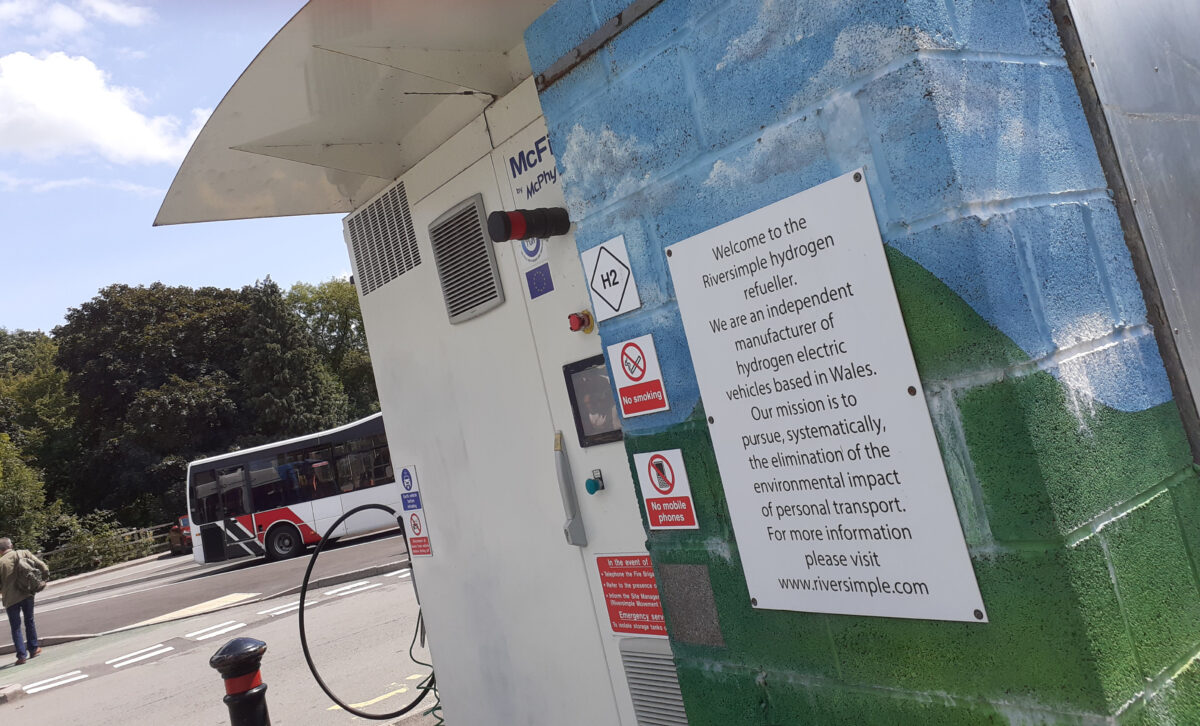
As the cost of producing clean energy continues to fall, producing green hydrogen in Europe rather than importing it from Africa - which comes with all the transport costs and increased carbon footprint - is starting to look like an increasingly viable option.
In recent years, the idea of importing green hydrogen from North Africa has emerged as a potential way to strengthen Europe's clean energy mix. This is largely due to the idea that the processes of producing green energy and converting it into hydrogen are extremely expensive in Europe. For many Europeans, the focus quickly shifted to countries where producing renewable energy is cheaper than at home.
The arid regions of North Africa offer abundant sunlight and large tracts of land to install solar installations, reducing one of the major costs of producing renewable hydrogen. However, the falling costs of solar and wind energy in Europe, as well as the benefit of not needing to transport green hydrogen over long distances, actually paint a more positive picture for domestically produced energy carriers in Europe. With green energy costs expected to fall below €0.02 ($0.02)/kWh by 2038, current cost-effectiveness in North Africa will diminish significantly.
Understandably, cost dynamics play a key role in the green hydrogen business case, but energy production only accounts for a portion of the final cost. The costs associated with transporting hydrogen over long distances could severely hamper its economic viability. Whether by pipeline or ship, transporting hydrogen from North Africa to European shores requires a complex, energy-intensive process. Shipping alone can add a staggering 50-150% to the average final price. This logistical hurdle not only increases costs, but also increases green hydrogen’s carbon footprint and damages its clean energy credentials. Add to that the geopolitical risks associated with importing green hydrogen, and its perceived benefits can quickly disappear.
On the other hand, green hydrogen produced locally in Europe offers a number of unique advantages. First, a Europe-wide pipeline network is currently being developed to support the cost-effective rollout of green hydrogen. Close proximity to markets not only reduces transport costs but also improves demand responsiveness, a key factor in the changing energy landscape and in solving the very important issue of European energy security. Additionally, local production stimulates economic growth, creates jobs and fosters a self-sufficient energy ecosystem.
Environmentally, the case for local production is equally compelling. Europe has made significant progress in harnessing renewable energy in recent years, with a rapidly expanding network of solar and wind installations. These renewable resources help power electrolysers to produce green hydrogen, ensuring a low-carbon production process. Furthermore, technological advances will continue to reduce the cost of green hydrogen production in Europe, making it a more competitive option.
Investing in local green hydrogen production also enhances Europe’s energy security. Reliance on imports, especially from politically unstable regions, could jeopardize a stable supply of green hydrogen. This risk can be mitigated through domestic production. The extremely serious energy challenges posed by the war in Ukraine should ensure that the importance of this factor is not ignored in the near future.
Finally, fostering a strong local green hydrogen industry can make Europe a global leader in clean energy technology. While the continent remains an important research and development center for many technologies, it has ceded much of its green energy production to third countries, particularly China. European green hydrogen not only demonstrates the region’s commitment to combating climate change, but also sets a precedent for other markets to follow, potentially providing a blueprint for a more decentralized global energy system.
One issue that remains is identifying and proving initial customers for the energy carrier, a significant hurdle in ensuring widespread funding and support for green hydrogen in Europe. Thankfully, this has become a key topic for many companies exploring the European green hydrogen market. Hydrogen producers are initially targeting industrial players who can realize significant sustainability gains by switching to green energy carriers. Steel and glass are two particularly suitable heavy industries.
In addition to those heavy emitters that are cumbersome to convert due to their huge heat requirements, there are many applications that can be easily converted to green hydrogen without much effort. These include the chemical industry, where green hydrogen can simply replace fossil fuel-derived "gray" hydrogen; powering industrial vehicles such as forklifts at logistics stations and delivery trucks in commercial fleets.
Perhaps North Africa’s ambitious green hydrogen plans could be better applied to the region’s own expansion goals, rather than being used as a crutch for a European industrial sector wary of driving an innovation agenda on its own shores.
As the cost of producing this important material continues to fall in Europe, now is the time for domestic suppliers to scale up the technology sooner rather than later. Europe has the opportunity to once again take a leadership role in important areas of the future energy system. This will rely on regulators and industry leaders being aligned on the path forward – which is easier said than done.
The global rollout of green hydrogen is still in its early stages, and Europe should seize the opportunity to step in and help shape the future of the industry. The long-term benefits of opting for a domestic green hydrogen industry rather than once again relying on energy imports will be profound and will help Europe in its major push to re-establish its position as a major industrial player on the world stage.